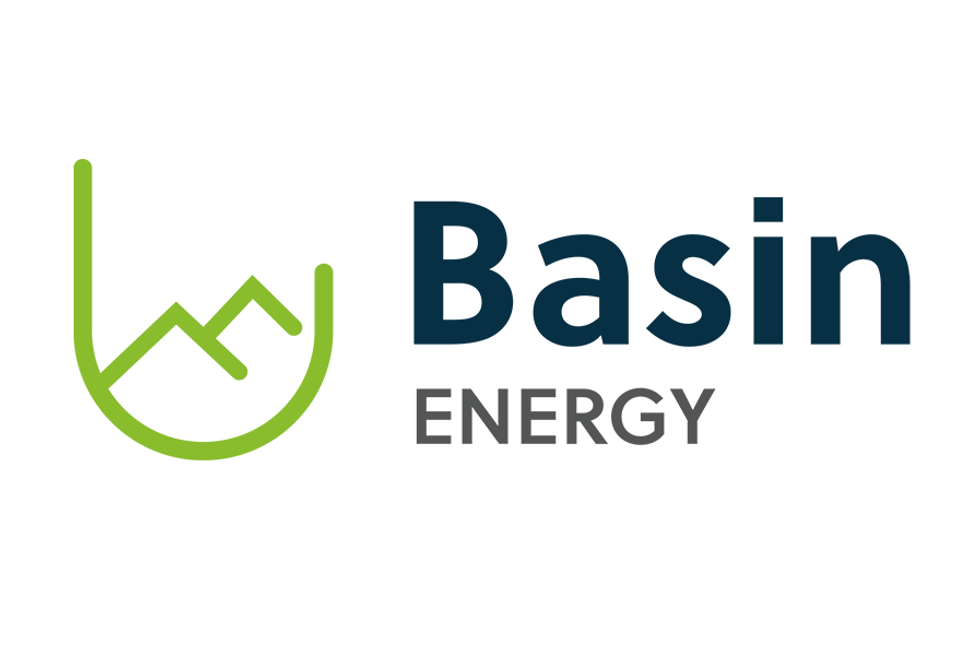The long-term contract uranium price climbed 2.5 percent, from $60.00 to $61.50 per pound, marking its first increase since the beginning of 2011.
Long-term contract uranium prices have increased for the first time since January 2011, according to nuclear consultant UxC. The long-term price climbed 2.5 percent, from $60.00 to $61.50 per pound. A primary reason behind the strengthening long-term price, analysts say, is that the Japanese town of Ohi recently received approval to restart two nuclear reactors.
The news is of interest because it reasserts Japan’s dependence on nuclear energy. Japan is heavily dependent on nuclear power, with 50 reactors supplying some 30 percent of the country’s electricity needs. All those reactors have been idled since the Fukushima nuclear meltdown last year while they undergo safety checks or repairs.
Increasing pressure for other nuclear reactors in Japan to receive cautious operating approval over the medium term will exert further demand on long-term uranium prices. Uranium is traded on both the spot market and on long-term contracts, but the latter are considered more important for buyers and sellers because most of the nuclear fuel is bought and sold on long-term (more than two-year) contracts.
Spot market uranium prices fall lower on thin volume
TradeTech is reporting a spot market uranium price of $50.25 per pound, a 2 percent reduction from the previous period. The decline in price is attributed to weaker demand and involves relatively small volume, with only two transactions reported this week in the spot uranium market. The majority of active buyers appear to be seeking material for delivery later this year, or beyond early next year. Given the lack of spot market interest on the part of buyers, the primary focus of sellers continues to be on mid- and long-term sales opportunities and those tenders that remain outstanding. There is an expectation that market participants awaiting developments on outstanding tenders may re-enter the market as buyers or sellers. However, spot market uranium supply continues to outstrip demand at this point.
Company news
Cameco (TSX:CCO,NYSE:CCJ) has decided to terminate an Argentinian joint venture exploration project with Calypso Uranium (TSXV:CLP) rather than proceeding for a third year. The decision reflects Cameco’s desire to concentrate exploration priorities on its key geographical areas: Canada, the United States, Kazakhstan, and Australia.
The option agreement, which Cameco originally entered into with Calypso in September 2010, gave it the right to acquire a 51 percent interest by investing $9 million over a three-year period. Cameco renewed the option for a second year last July.
Investors may consider this decision noteworthy because it demonstrates that the world’s largest uranium producer has an aversion to geopolitical risk. Argentina has shown itself to be less friendly to mining companies since the re-election of President Cristina Fernandez, who has moved to restrict capital outflows and in April ordered the expropriation of partially state-owned energy company YPF SA.
Increased cooperation
Uranium One (TSX:UUU) signed a coordination and integration agreement with Russia’s JSC Atomredmetzoloto, which owns about 51 percent of the uranium miner.
The objective for the agreement is to enhance integration within six designated areas: growth strategy, financial reporting, marketing, exploration, government relations, and human resources.
Uranium One holds assets in Kazakhstan, Australia, the US, and Tanzania and recently reported quarterly revenue of $95.9 million.
Junior exploration companies
Energia Minerals (ASX:EMX) announced that it will begin drilling at copper–gold-uranium targets at the Gawler Craton in South Australia in July.
UraniumSA (ASX:USA) announced that high-grade uranium mineralization in excess of 10,000 parts per million (ppm) uranium oxide has been confirmed in the western area of its flagship Blackbush deposit.
Securities Disclosure: I, Dave Brown, hold no direct investment interest in any company mentioned in this article.






